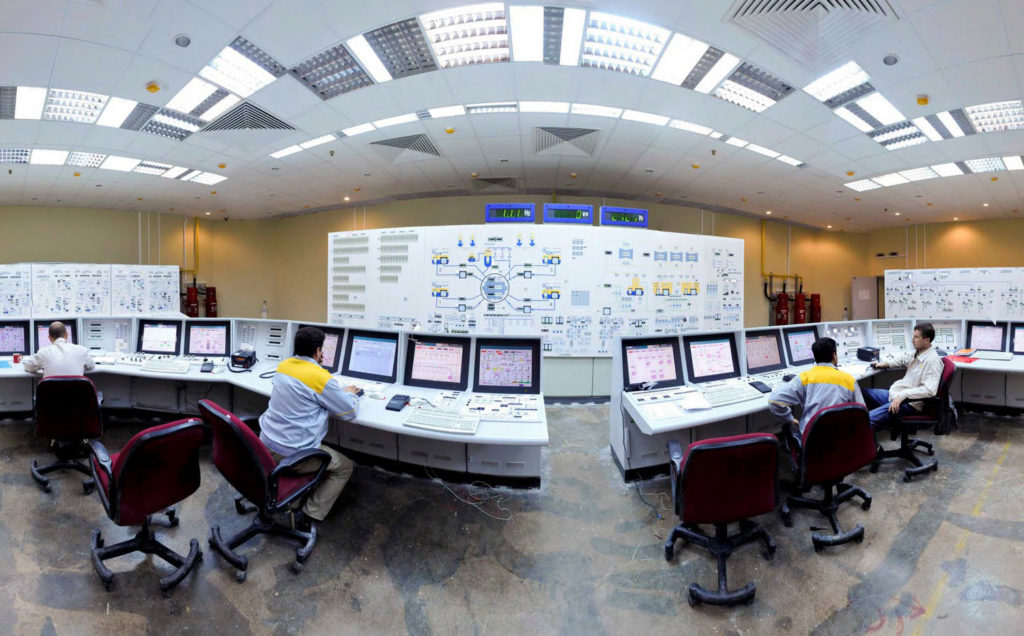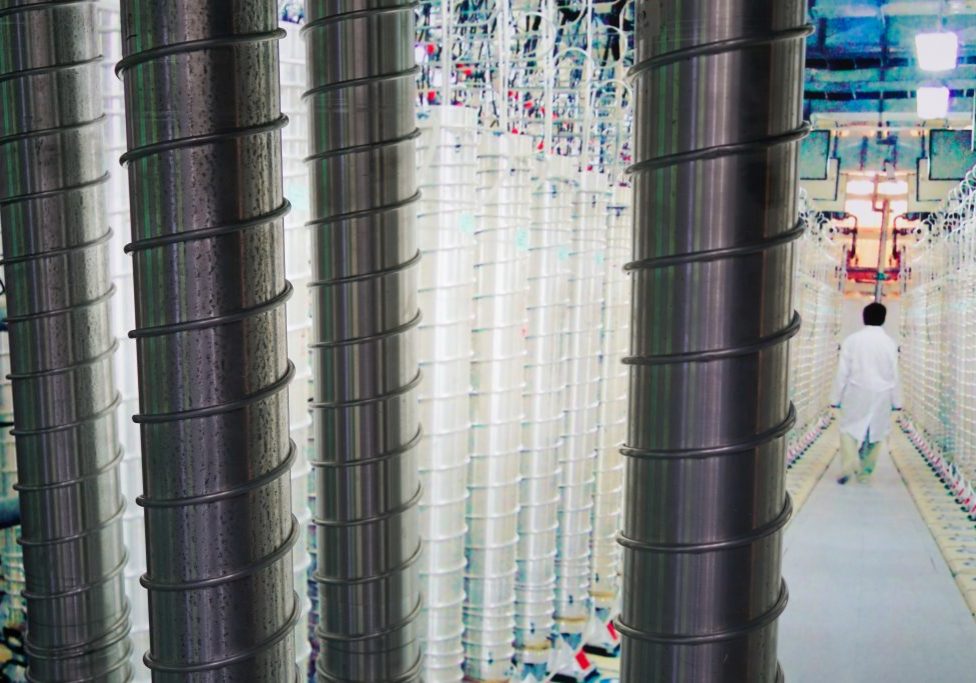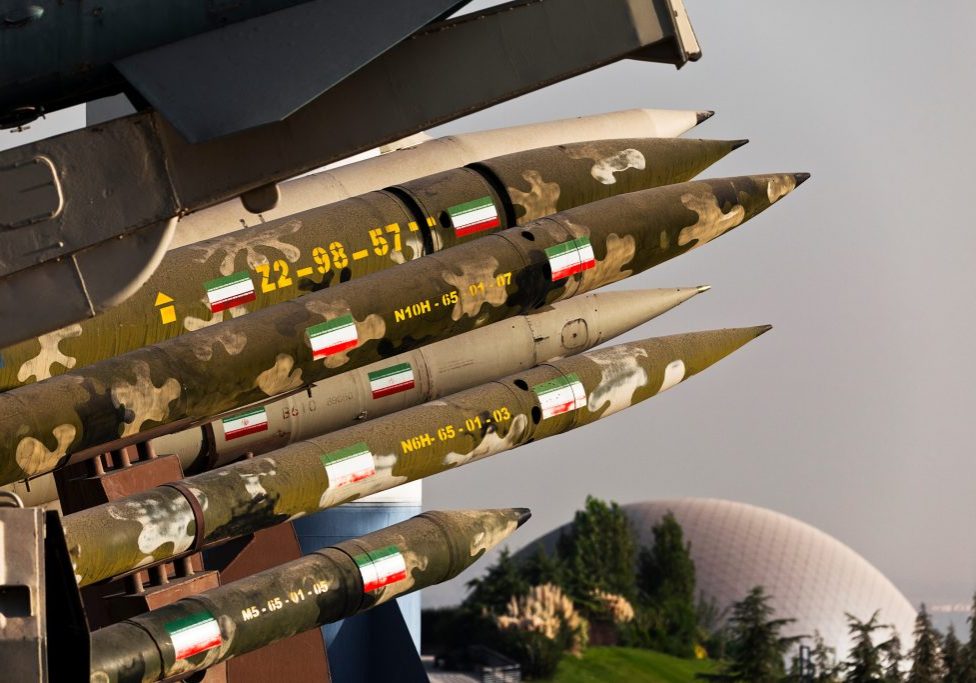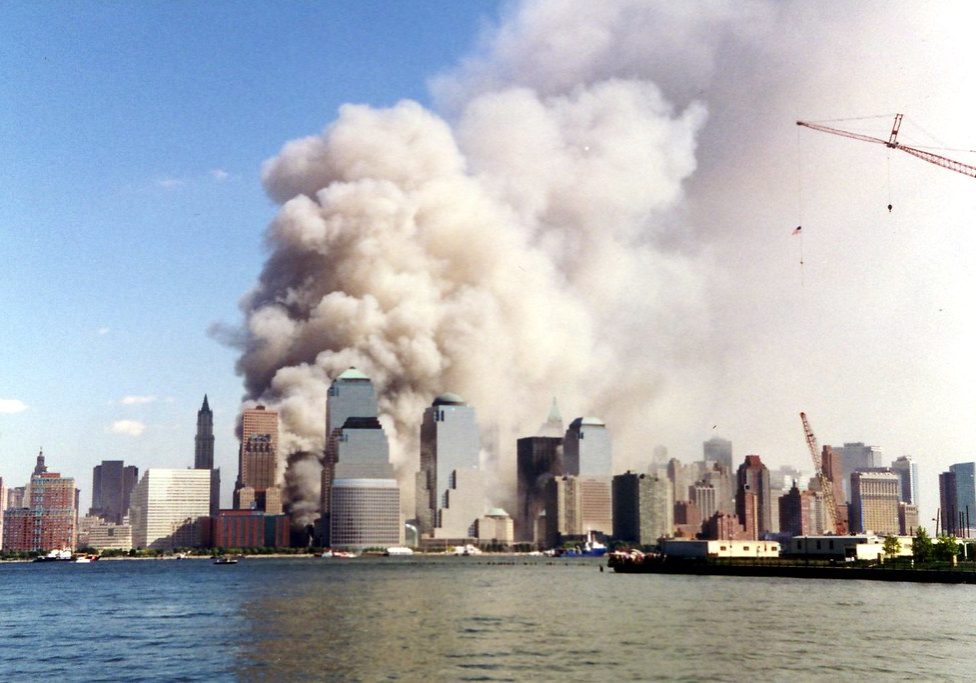Australia/Israel Review
Warning Bell
Nov 28, 2011 | Ephraim Asculai

Ephraim Asculai
The long awaited and much overdue Annex of the November 2011 International Atomic Energy Agency (IAEA) report was presented to the IAEA Board of Governors and the UN Security Council on November 8, 2011. Although the Annex contains much interesting and fresh information, its basic message that Iran is actively engaged in the development of nuclear weapons should not come as a surprise to anyone who has followed the developments reported in the IAEA periodic reports.
The present Annex fills the gap in the information concerning the development of nuclear weapons in Iran, namely the processing of the fissile material, high enriched uranium (HEU), and its insertion into the explosive mechanism. This is also called the weaponisation stage. The first stage, the uranium enrichment stage, and the final stage, the military delivery systems – surface-to-surface missiles – were there for all to see.
Notwithstanding the indications that Iran was also dealing with this second stage, the world was reluctant to admit this. This attitude was led in part by the former Director General of the IAEA, Dr. ElBaradei, and was aided by the US 2007 National Intelligence Estimate (NIE) that indicated that Iran had in fact stopped this activity already in 2003.Everyone (save Israel) was quite prepared to be satisfied by this report and continue to pressure Iran, first through ineffective negotiations and later by UN Security Council sanctions that had little effect on the nuclear weapons development project. There were also those who were waiting to see the “smoking gun” before considering taking stronger action. Although the smoking gun was there long ago, no serious action was taken. Indeed, even at this time there are those who do not consider the Iranian developments serious enough for them to abandon their traditional non-confrontational attitude.
Entitled “Possible Military Dimensions to Iran’s Nuclear Programme,” the Annex first gives an historical overview of the issue, as seen by the IAEA, and then goes on to present the basis for establishing the credibility of the evidence underlying the present assessment. Given the attempt by Iran to discredit the evidence and describe it as “forgeries,” this is an essential preface to what follows. There are many sources of information on which the Annex is based. These include information supplied by IAEA member states, the analysis of open source information, including satellite imagery, and information supplied by Iran itself, some of it inadvertently.
In its main section, the Annex details the activities in 11 areas, nine concerning procurement and weaponisation activities, one on underground testing, and one on the integration of the explosive mechanism into a missile delivery system. In short, all relevant areas of activities aimed at turning the fissile material, highly enriched uranium (HEU), into a deliverable nuclear warhead are dealt with in this report.
The Annex describes a steady pattern of deceit, clandestine operations, foreign procurement networks, foreign supply of essential design information, and denial of information to the IAEA. The more important aspects of the Annex, however, are the details of the development work and the indigenous activities that show that, although Iran probably had enough information from outside sources to produce a nuclear weapon, it also worked on developing more efficient systems, including theoretical, simulation, and experimental work on several aspects of the weapon’s design.
An interesting part of the Annex concerns the characteristics of the missile warhead design. This shows that the only reasonable interpretation of the data points specifically towards the utilisation of nuclear weapons, and not, for example, chemical or biological weapons as the missiles’ warheads.
What is also noteworthy is the report concerning the possibility of conducting a deep buried underground nuclear test. Should Iran decide to break out and produce nuclear weapons, this will probably be the way it would choose to present its capabilities to the world, while at the same time testing the weapon itself. This would copy the activities of most states that developed nuclear weapons, including India, Pakistan and North Korea, who were outside the NPT and chose to make a statement in this way.
From an historical point of view, there seems to have been a hiatus in the weaponisation program in 2003, after which the activities were resumed, but in a restructured way, with some changes in personnel, locations, and some responsibilities, all aimed at confusing the issue, and dissociating these from previous activities.
What the Annex does not give out is information concerning the details of the part played by manufacturers in many countries in supplying Iran with the equipment and materials necessary for the implementation of the nuclear weapons development program. There can be little doubt that without these supplies, the program would not be so advanced. However, including this information would probably confuse the issue and divert attention from the main problem.
What the main report and the Annex do not say explicitly is that Iran is actively engaged in the development of a nuclear weapon. In a way, this is an indictment without the punch line. It is left to the imagination of the reader to reach the correct and only possible conclusion. The Director General of the IAEA, Mr. Amano, still leaves something of an opening for the Iranians, asking them to address “the Agency’s serious concerns about possible military dimensions to Iran’s nuclear programme, in order to establish international confidence in the exclusively peaceful nature of Iran’s nuclear programme.”
The latter part of this sentence is a mantra, repeated from almost the first IAEA Iran report, that could serve as an honourable escape route for Iran, in the unlikely event it wished to take it. The extent of the nuclear weapons development program confirms that the fears concerning Iran’s intentions were well founded. The very detailed Annex now places the burden of proof upon Iran.
At the same time, the Annex places a heavy burden on the world. Many Western and other leaders have stated rather forcefully that Iranian nuclear weapons are “unacceptable”. Iran can be pressured into abandoning its military nuclear ambitions: there are actions that can be taken short of military actions to achieve this, including very strong sanctions and embargoes. However, at the moment it does not seem that the Security Council is the forum for resolving such issues. Russia apparently does not wish to act against Iran, and prefers to pursue the (futile) diplomatic process. China is too heavily economically involved with Iran. The warning bell has rung. Will the other nations rise to the challenge?
Dr. Ephraim Asculai is a proliferation expert at the Institute for National Strategic Studies at Tel Aviv University. Previously, he was a long-serving employee of both the International Atomic Energy Agency and the Israel Atomic Energy Commission. © Institute for National Security Studies, Tel Aviv University, reprinted by permission, all rights reserved.
Tags: International Security






